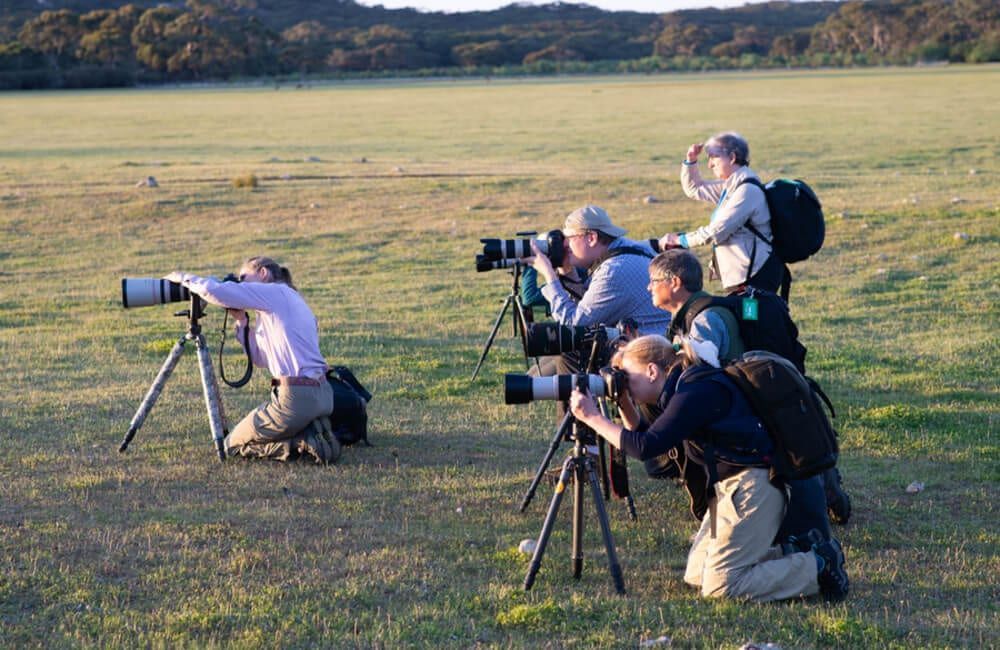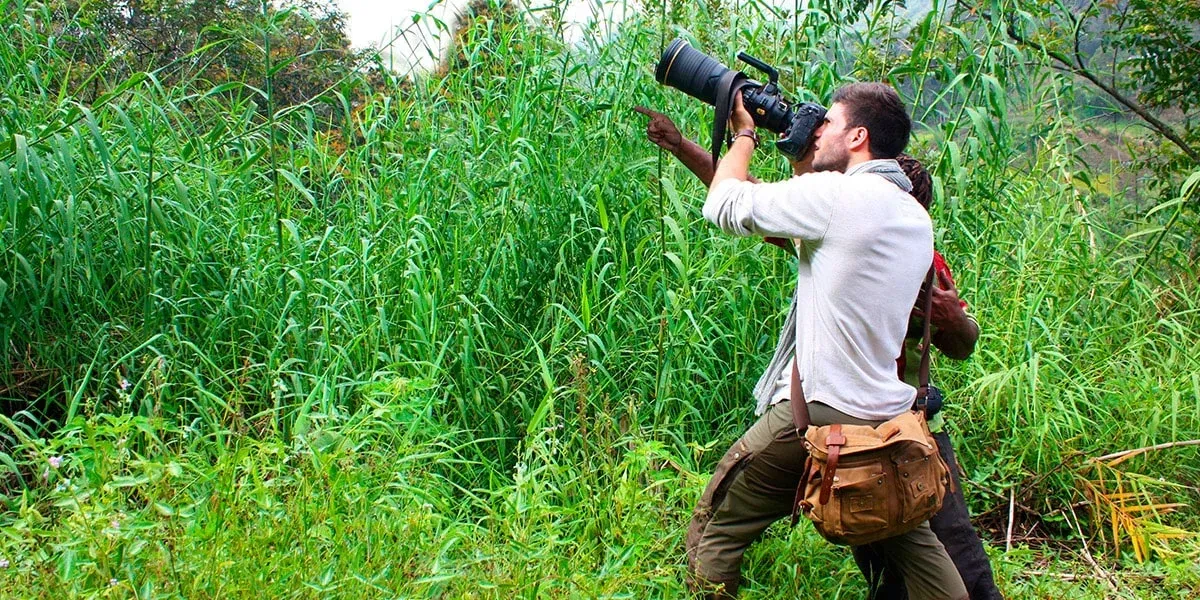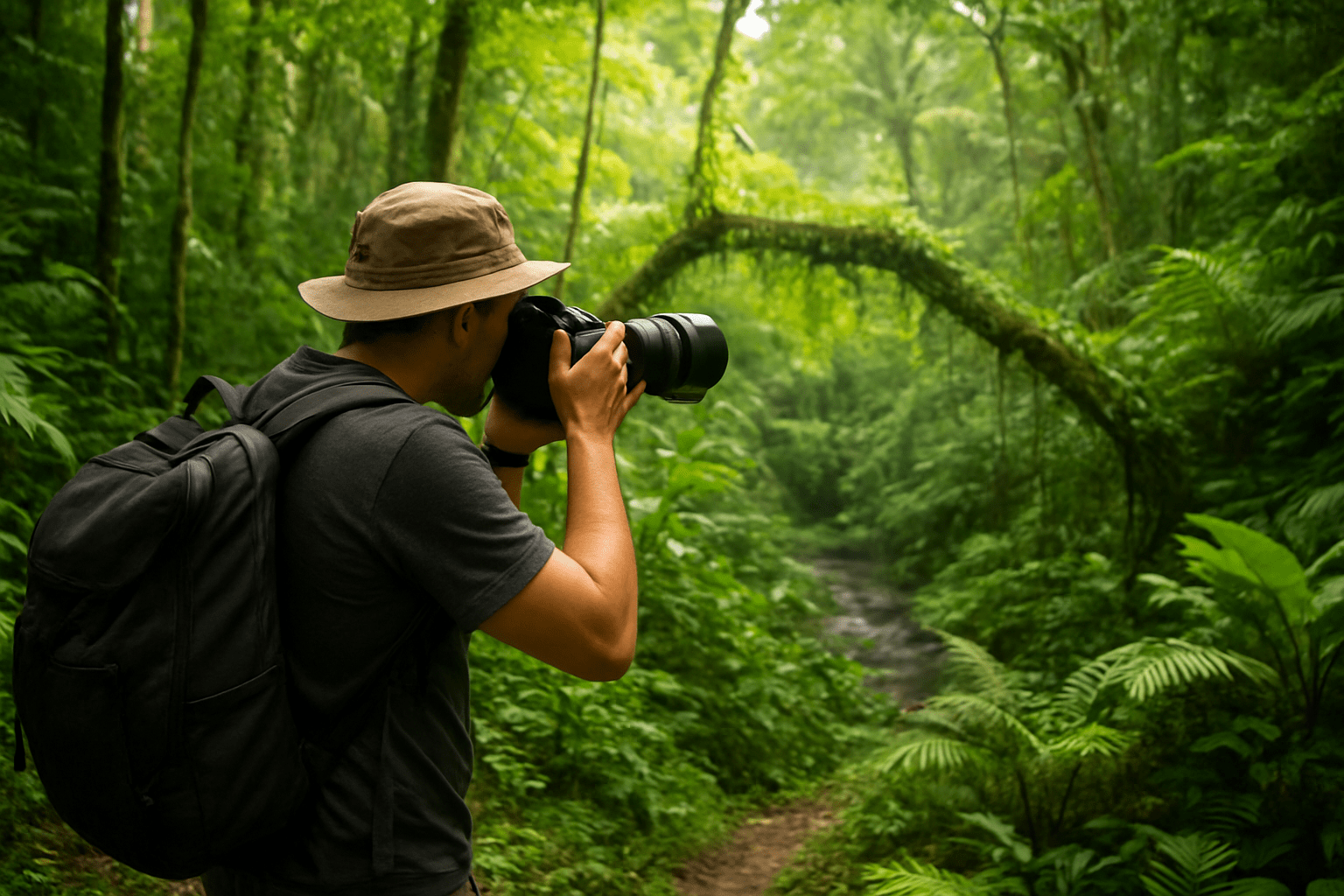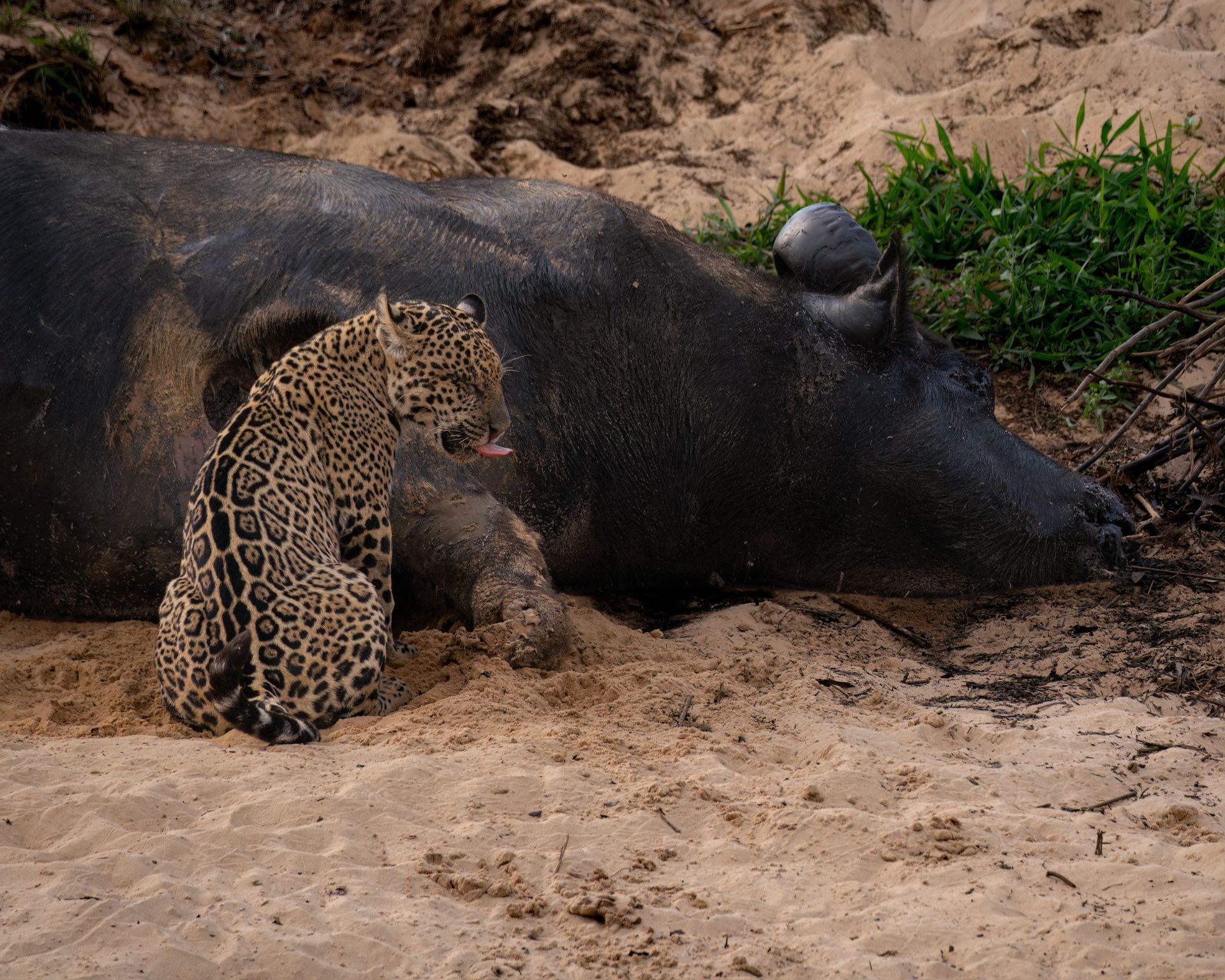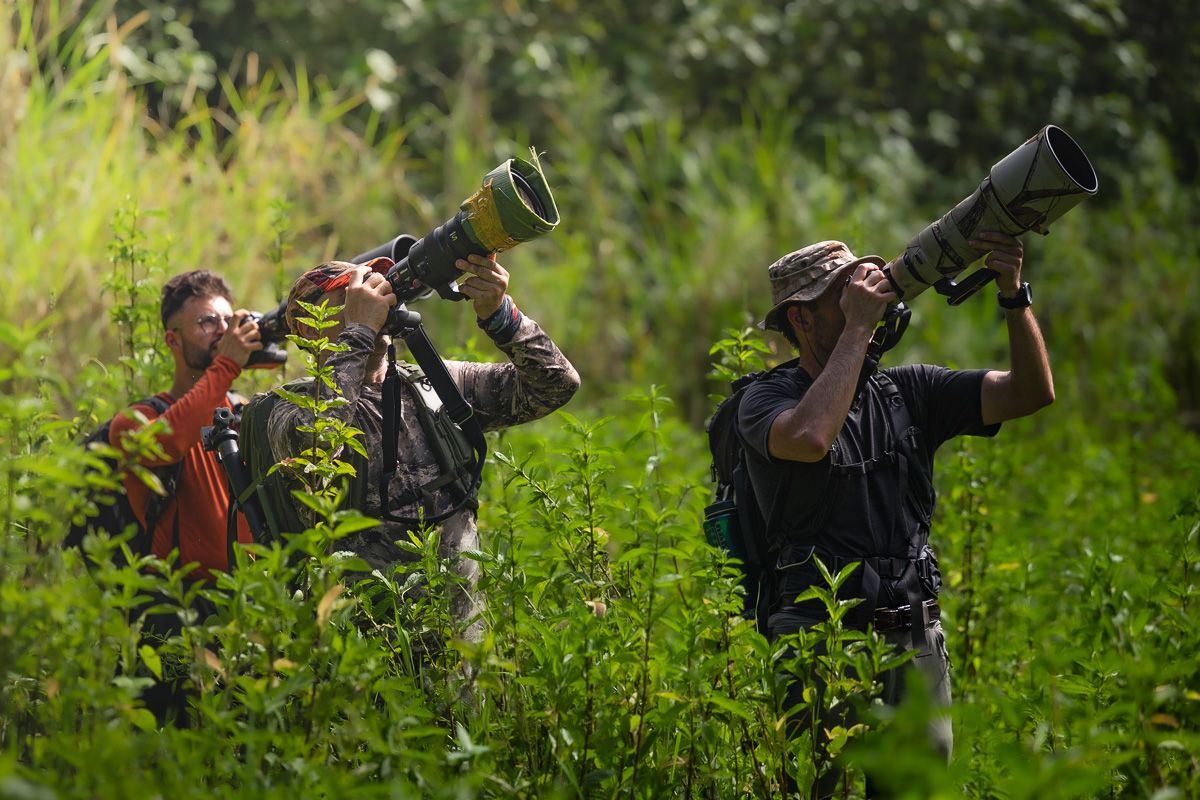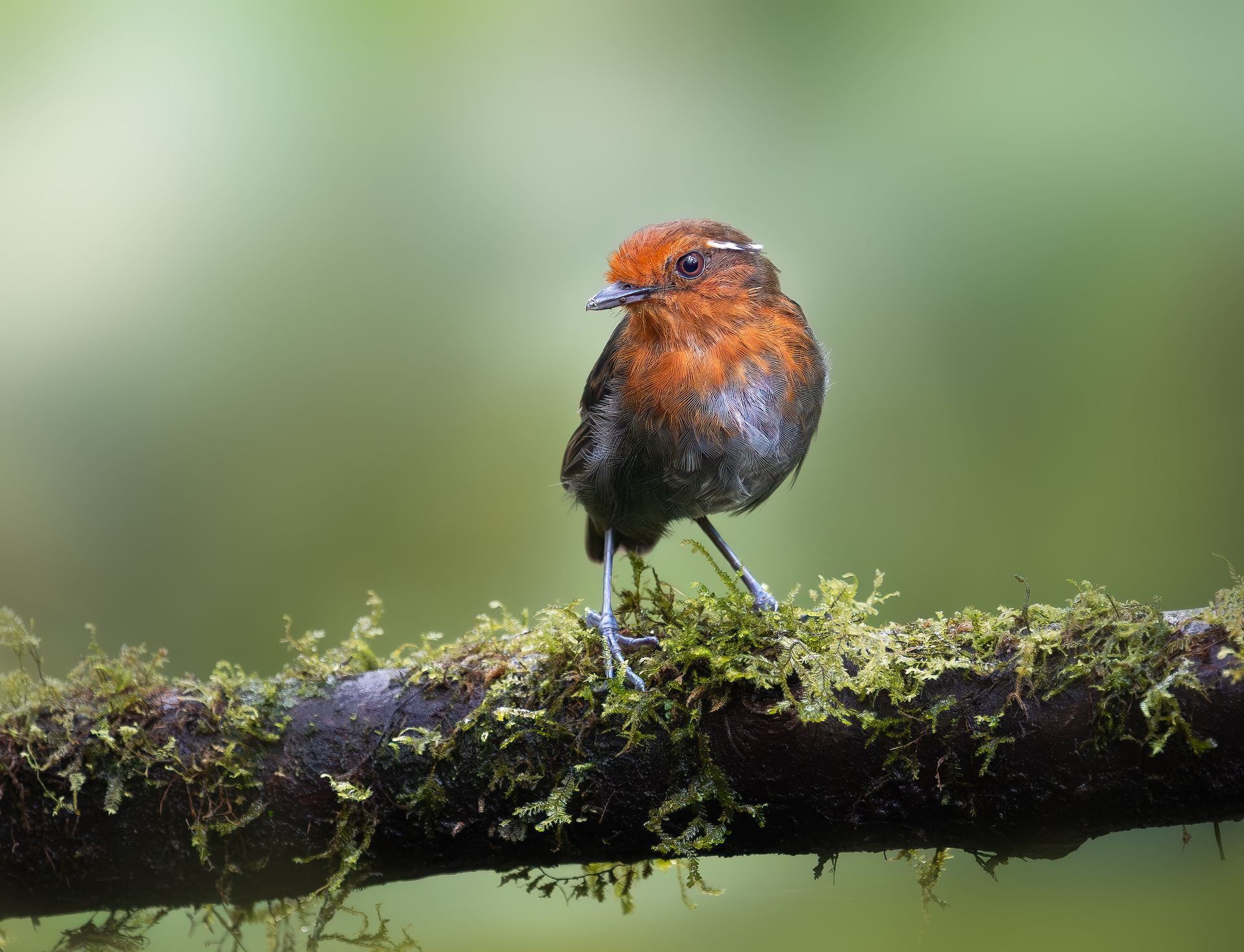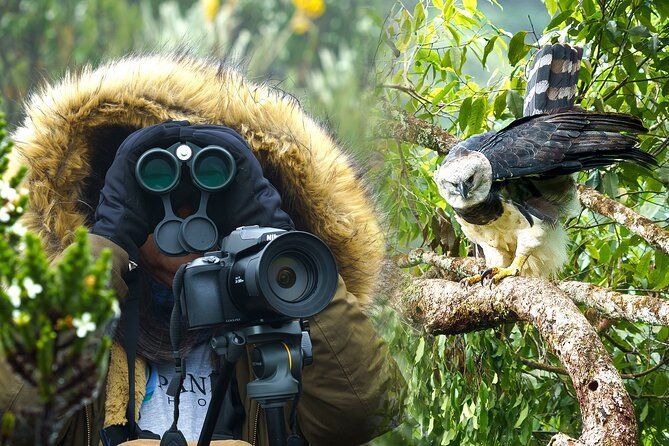"How to Plan a Bird Photography Tour in Colombia: Tips for Travelers"
Colombia is a paradise for bird photographers. With over 1,980 species of birds, including more than 160 species of hummingbirds, countless tanagers, toucans, and rare endemics, it ranks as one of the top destinations in the world for birding and wildlife photography. Planning a bird photography tour in Colombia requires careful preparation, knowledge of the best locations, and understanding of bird behavior to make the most of your trip.
In this guide, we’ll walk you through everything you need to know—from choosing the right season to packing the right gear—so your Colombia bird photography adventure is both productive and memorable.
Choosing the Best Time to Visit
Timing is crucial in bird photography. Colombia’s geography, spanning lowland rainforests, high Andean cloud forests, and páramos, means there is no single “best time,” but certain months offer ideal conditions.
- Dry Season (December to March, July to September): Trails are more accessible, weather is more predictable, and birds are active near flowering plants.
- Breeding Season: Many species display their courtship behaviors during these months, offering opportunities for dynamic and colorful shots.
- Migratory Periods: Some species migrate seasonally, giving photographers a chance to capture rare visitors.
Planning around these periods will maximize your chances of high-quality, action-packed bird images.
Selecting Key Birding Locations
Colombia’s diverse ecosystems require strategic planning to ensure you visit the most productive birding areas. Here are some top locations for bird photographers:
Andean Cloud Forests
- Western Andes (Antioquia, Risaralda): Home to the Andean Cock-of-the-Rock, tanagers, and endemic hummingbirds.
- Eastern Andes (Cundinamarca, Boyacá): Offers high-altitude hummingbirds like the Black-tailed Trainbearer and Buffy Helmetcrest.
Lowland Rainforests
- Amazon Region (Leticia, Caquetá): Ideal for macaws, trogons, and colorful toucans.
- Chocó Rainforest (Pacific Coast): One of the wettest areas on Earth with incredible bird diversity, including rare species like the Chocó Vireo.
Specialized Reserves and Private Gardens
- Reserva Río Blanco (Manizales): Famous for hummingbird feeders and photography hides.
- La Romera and Jardín (Antioquia): Accessible gardens offering opportunities to photograph dozens of species at close range.
By selecting locations based on species and habitat, photographers can plan a tour that balances accessibility with unique photographic opportunities.
Booking Local Guides and Photography Tours
A knowledgeable local guide is invaluable. They know bird locations, behaviors, and the timing of key sightings. Professional guides also understand how to help photographers:
- Positioning: Guides know where to stand or set up hides for the best angles.
- Timing: They anticipate feeding times, lek displays, and courtship behaviors.
- Conservation Ethics: Responsible guides ensure you photograph birds without disturbing their natural behaviors.
Consider joining Retorno Photo Tours or similar services that specialize in bird photography. These tours offer curated itineraries, gear advice, and mentorship to help you capture high-quality images.
Packing the Right Gear
Bird photography requires specific equipment, particularly for small and fast-moving species like hummingbirds. Essential gear includes:
- Camera Body: High-speed frame rates and excellent autofocus systems are essential.
- Telephoto Lenses (300mm–500mm): For distant subjects without disturbing them.
- Tripod or Monopod: Essential for stability, especially in low light.
- External Flash or High-Speed Lighting: Useful for freezing hummingbird wing movement.
- Rain Protection: For both yourself and your camera; Colombia’s weather is unpredictable.
- Extra Batteries and Memory Cards: Remote locations may not have charging options.
Packing efficiently ensures you can move through dense forests while being ready for spontaneous opportunities.
Understanding Bird Behavior
Patience and knowledge of bird behavior are key. Observing and anticipating actions increases your chances of a perfect shot.
- Feeding Patterns: Learn which flowers or fruit trees birds frequent.
- Perching Habits: Many species return to the same perches repeatedly.
- Courtship Displays: Some birds, like the Andean Cock-of-the-Rock, perform elaborate displays that can create dramatic images.
Spending time observing before shooting allows you to capture natural behaviors rather than staged or startled poses.
Ethical Photography Practices
Colombia’s birds are not just subjects—they are living creatures whose welfare must be respected.
- Avoid Flash Near Nests: Flash can disturb breeding birds.
- Maintain Distance: Use telephoto lenses instead of approaching birds too closely.
- Minimize Habitat Disturbance: Stick to trails and avoid trampling undergrowth.
- Support Conservation: Choose eco-lodges, guides, and tours that invest in habitat preservation.
Ethical practices ensure the longevity of these species and maintain Colombia’s reputation as a top birding destination.
Planning a Realistic Itinerary
A successful bird photography tour balances travel, field time, and rest. A sample itinerary might include:
Day 1–2: Arrival in Bogotá, acclimatization, and initial birding in nearby cloud forests.
Day 3–4: Travel to Chingaza National Park for high-altitude hummingbirds.
Day 5–6: Visit Reserva Río Blanco for close-up hummingbird photography.
Day 7–8: Explore Western Andes for Andean Cock-of-the-Rock leks.
Day 9–10: Optional Amazon or Chocó lowland birding adventure.
Including travel days, rest periods, and backup shooting days ensures that photography opportunities are maximized without exhausting participants.
Dealing with Challenges
Bird photography in Colombia comes with unique challenges:
- Weather: Rain and mist are common, especially in cloud forests. Carry waterproof gear and use atmospheric conditions creatively.
- Altitude: High-elevation sites like páramos require acclimatization to avoid fatigue.
- Elusive Birds: Some species are shy or rare. Patience and local knowledge are critical.
- Lighting Conditions: Forests often have low or dappled light. Learn to adjust ISO, aperture, and shutter speed dynamically.
Overcoming these obstacles often results in more rewarding photographs and memorable experiences.
Capturing Stunning Images
Maximizing photographic results involves combining technical skill with creativity:
- Composition: Include natural backgrounds like mist, flowers, or canopy light.
- Action Shots: Freeze motion using fast shutter speeds, particularly for hummingbirds in flight.
- Behavioral Shots: Capture feeding, nest building, and courtship.
- Lighting: Early morning and late afternoon provide soft, warm light ideal for bird portraits.
These techniques ensure a portfolio that highlights both the beauty and behavior of Colombia’s avian fauna.
Combining Bird Photography with Cultural Experiences
A bird photography tour in Colombia is enhanced by cultural immersion:
- Visit coffee-growing regions for scenic backdrops.
- Explore colonial towns like Villa de Leyva or Barichara.
- Interact with local communities who often serve as guides and cultural ambassadors.
Integrating culture adds depth to the photographic experience and creates stories beyond the lens.
Conclusion
Planning a bird photography tour in Colombia is an endeavor that requires preparation, knowledge, and flexibility. By considering the best time to visit, selecting diverse ecosystems, hiring knowledgeable guides, packing the right gear, and respecting ethical guidelines, photographers can maximize their chances of capturing world-class images.
From the iridescent hummingbirds of the Andes to the vibrant toucans and elusive antpittas of the lowlands, Colombia offers a photographic journey that is unmatched anywhere else on Earth. With careful planning, patience, and a spirit of adventure, your Colombian bird photography tour can become a life-changing experience filled with unforgettable images and stories.



